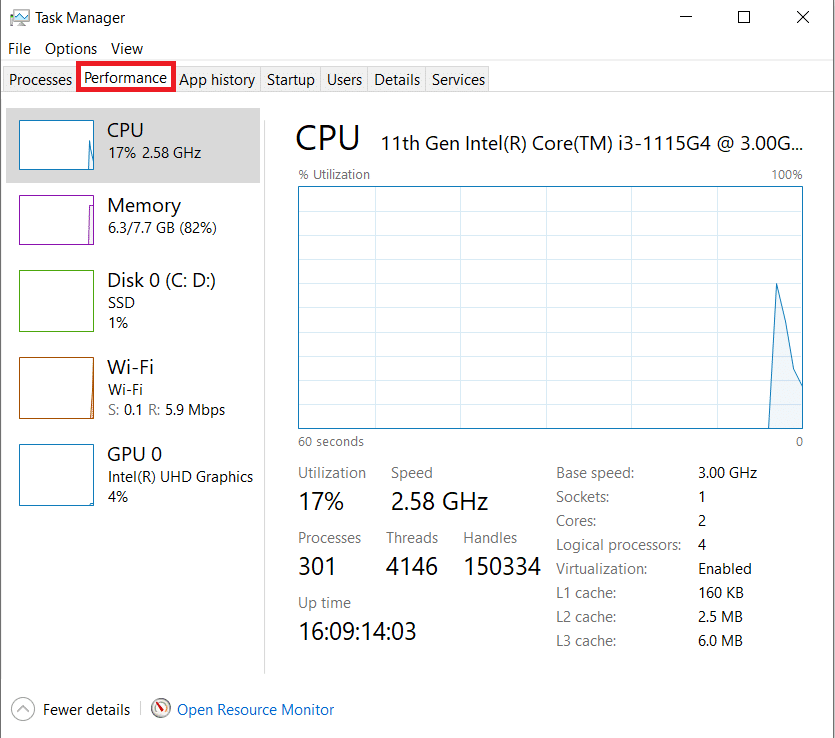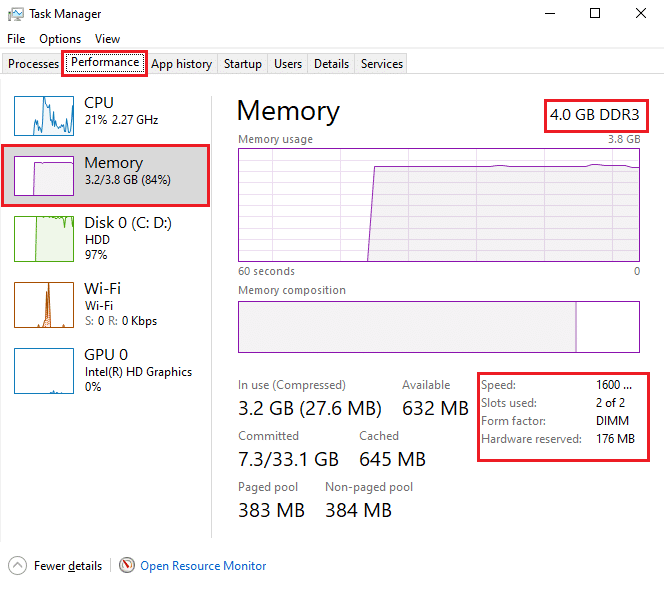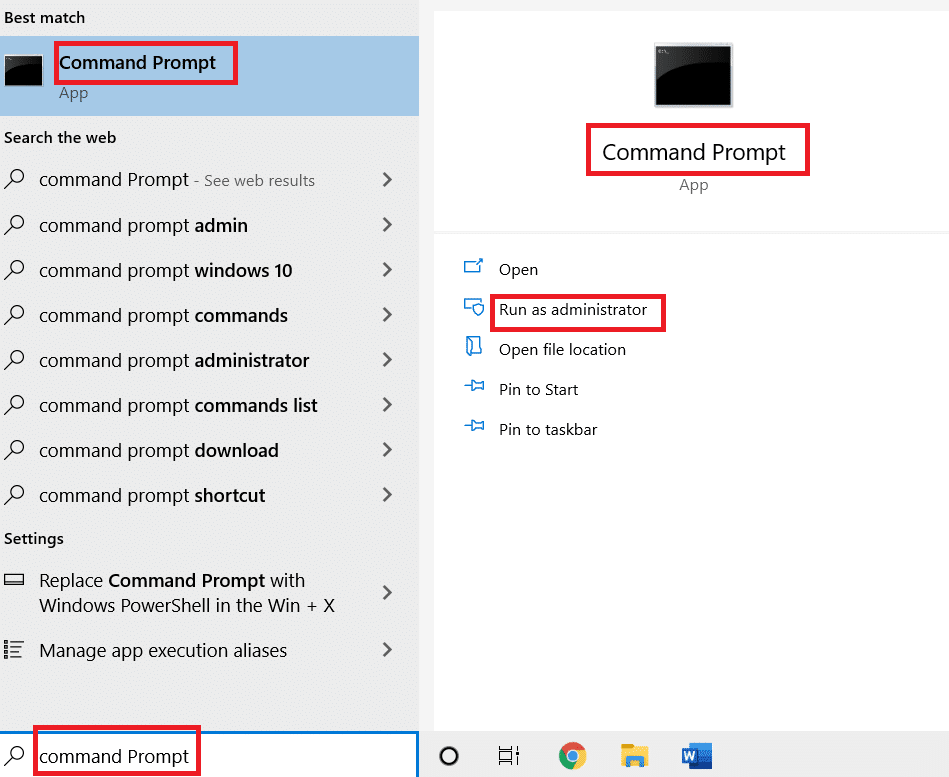How to check RAM frequency in Windows 10
Whenever we buy a computer or smartphone, we are looking for a phone with more RAM and better frequency. It helps us to perform multiple tasks on the device effortlessly and without much delay. And users want to make sure their computers/laptops can handle heavy tasks before installing any large program or application. This is where the need to know how to check the frequency of RAM arises. Read and follow this article till the end to know how to check real RAM speed and how to check RAM frequency using CMD in Windows 10, 11 in detail.
How to check RAM frequency in Windows 10
RAM frequency is the rate at which RAM executes instructions per second. However, this does not affect performance in a broad sense, since most of the vital and resource-intensive command processes depend on the processor frequency. But still, the frequency of RAM is vital for the following cases:
- To have an increased frame rate to play high quality graphical games.
- To find and fix lag and freezing issues on your computer.
- Before installing high quality video editing or graphic design software.
- To update the RAM module at a higher frequency than the current one.
Now there are two methods you can follow to learn how to check the RAM frequency on your PC. Read and follow any of the two methods listed below to achieve the same.
Note. The following methods and their steps are applicable to both Windows 10 PC and 11 PC.
Method 1: Using the Task Manager
You can use the Task Manager program on your PC to check the RAM frequency. Follow the instructions below to learn how to check the real speed of your RAM.
1. Press the Ctrl + Shift + Esc keys at the same time to open the Task Manager.
2. Click the Performance tab.

3. In the left pane, select the Memory option.
4. Here, in the right panel, you will see the memory speed listed in MHz. This is the frequency of your computer's RAM.

Method 2: using the command line
You can also use certain commands on the command line to check your RAM speed. Read the following steps to learn how to check RAM frequency using CMD.
1. Type "Command Prompt" in the Windows search bar and click "Open".

2A. Type any of the following commands in the cmd window to see the memory speed and press the Enter key on your keyboard:
wmic memorychip get speedwmic MEMORYCHIP get BankLabel, Capacity, DeviceLocator, MemoryType, TypeDetail, Speed wmic memorychip list full

2B. If you want to know the total amount of physical memory, type the following command and press the Enter key on your keyboard:
systeminfo | findstr /C:”Total Physical Memory"

2C. To find the available physical memory from the total physical memory, type the following command and press the Enter key on your keyboard:
systeminfo |find “Available Physical Memory”

Thus, you can see how to check the frequency of your PC's RAM.
Frequently Asked Questions (FAQ)
Q1. Is a higher RAM frequency suitable for my computer?
Answer: Higher RAM frequency usually allows you to work with large and numerous files. This is due to the fact that the speed of data transfer between the memory and the processor increases, and, consequently, the time is reduced. So, with that in mind, you will certainly notice some improvements in PC performance, but not significant ones.
Q2. Does the frequency of RAM affect the best gaming performance of a computer?
Answer: Yes. Increasing the frequency of RAM and RAM results in higher frame rates and less latency issues. It will also improve your gaming performance on your PC afterwards.
Q3. Can I run heavy games on my PC at the default RAM frequency?
Answer: To do this, you first need to make sure that your computer meets the requirements for RAM and its frequency (speed) to run a particular game. Read and follow the above steps to learn how to check the real RAM speed using Task Manager and Command Prompt.
***
We hope you understand how to check RAM frequency in Windows 10. Use the comments section below to leave your questions about this article or suggestions for other articles.